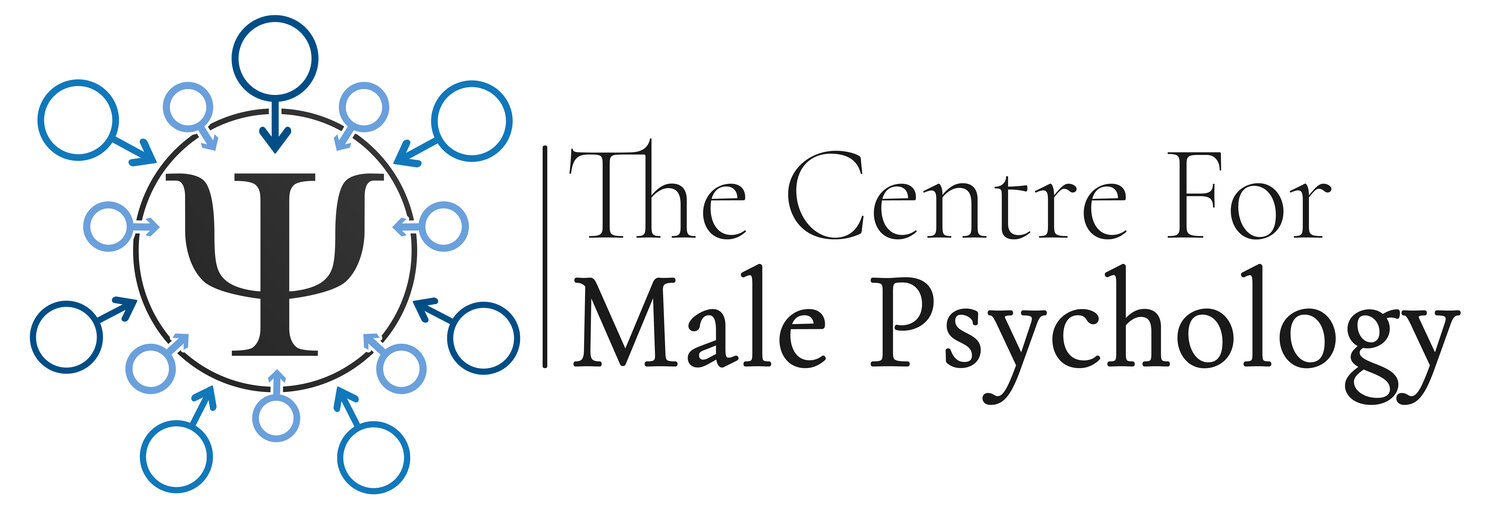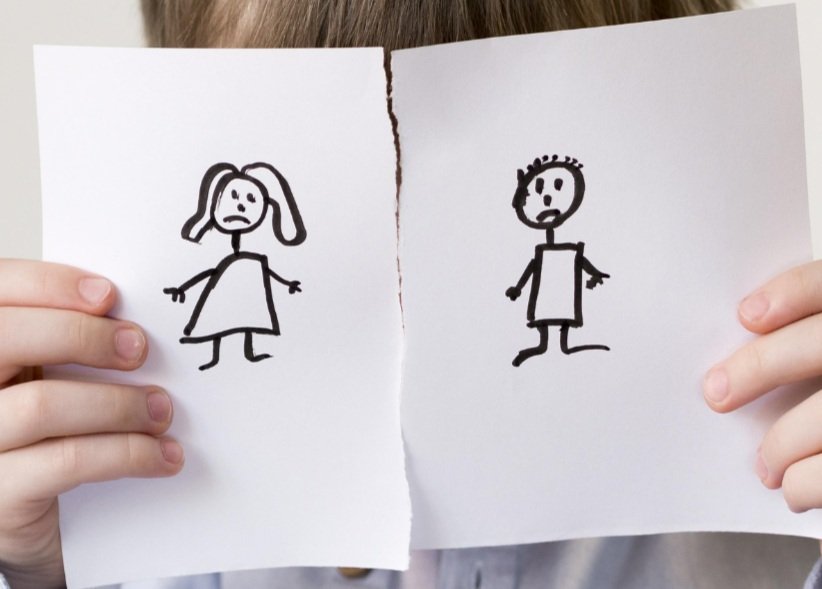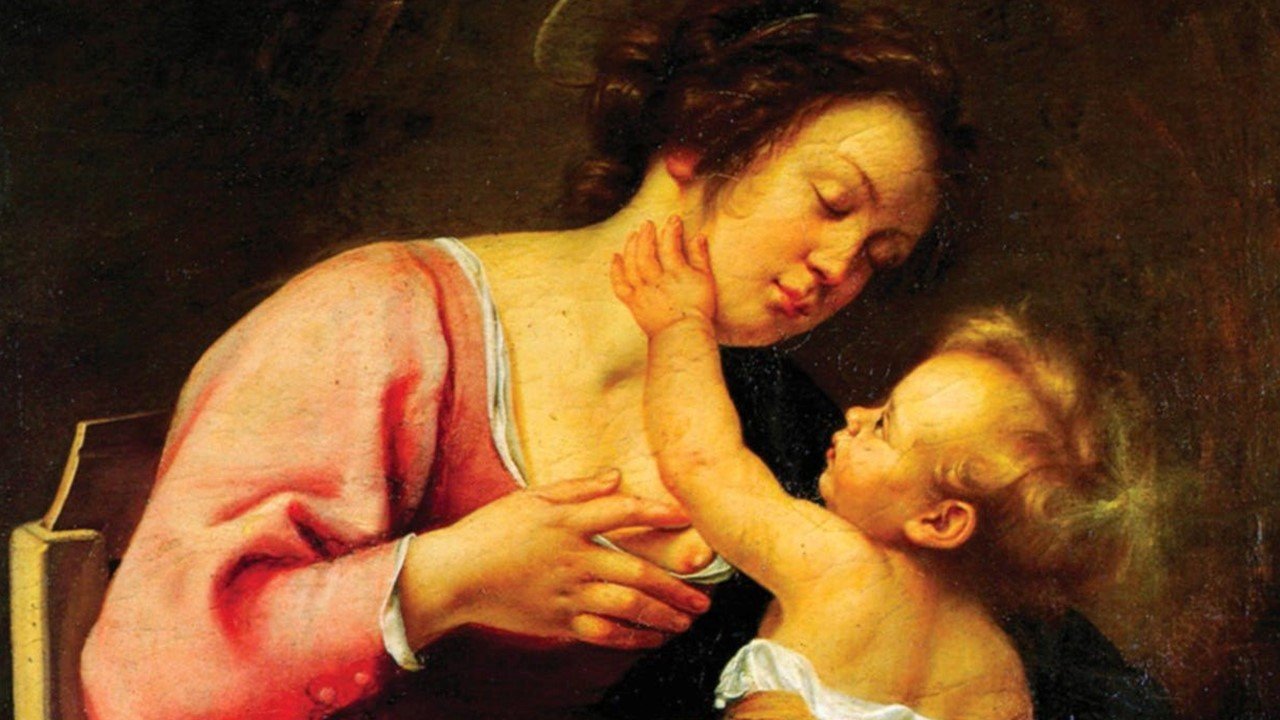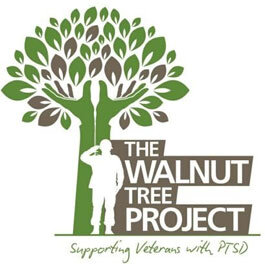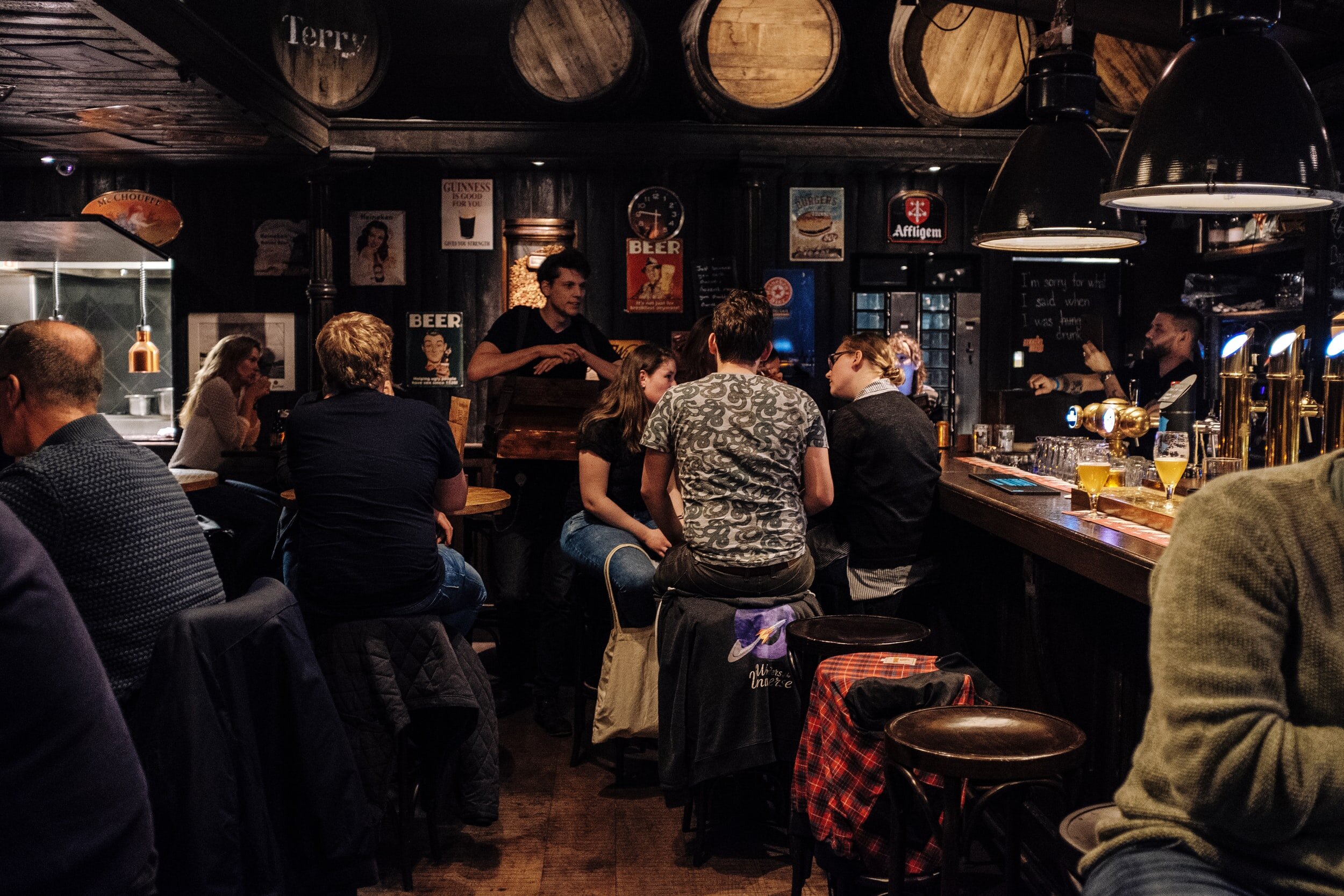‘Do I Belong Here?’ How well are male victims of domestic abuse served by local authority websites?
Services supporting victims of domestic abuse should be available to everyone who needs them. This includes the approximately third of domestic abuse victims who are male.
We know that men often have difficulties in conceptualising themselves as abuse victims and that deep gendered stereotypes about who is a "victim" or "perpetrator" still permeate society and are often reinforced in public policy such as that around domestic abuse.
One of the main sources of information, support and access to services is the local council. Both for convenience and anonymity, men may choose to access council services via the internet. This may be the key initial point of contact, determining whether a man proceeds with seeking help.
Consequently, how local authorities present their services is crucially important. Are they inclusive and welcoming to men? Or do they create extra barriers?
Local authorities should have a section on domestic abuse on their own website. Some may carry a lot of information and advice as well as links to various support agencies. Others are more basic and primarily serve to refer enquirers on. These links should include support for men.
The Home Office’s "Supporting Male Victims" policy paper (Section 4 - updated 31 August 2022) offered a clear statement of expectations:
“It is critical that support services:
- are clear about the support they offer and to whom
- take into consideration the needs of victims/survivors
- understand the impact of harmful stereotyping, combined with myths and misconceptions about male victims that can act as barriers for men to engage.”
Unfortunately, you will struggle to see this reflected in much local authority provision. In the worst examples men are barely mentioned, and then primarily as perpetrators.
One of the links on the local authority’s site may be to an agency commissioned by the council to provide support to all domestic abuse victims in the council’s area. Sometimes this agency may come up in the initial web search.
Domestic abuse received the attention it deserves primarily through the efforts of campaigners for women. Consequently the existing providers are overwhelmingly female-centric/feminist. Recognising and working with male victims is not their priority. Some websites I have seen appear simply to tack an ungendered front page to an existing site which is clearly designed for women. (There is an external link for male victims on this site!)
This is shabby treatment for male victims. These councils are literally doing the least they can do.
I took to discussing these issues with the Royal Borough of Greenwich. At the time their provider’s website was headed with the name of the organisation, “Housing For Women”. Two women were pictured and the text read “On average, two women are killed every week by their current or former partner (Office of National Statistics 2017).” In smaller print it described “Our Purpose – We empower women to escape abusive situations and rebuild their lives. Our services are open to you whatever your gender…..” There’s a relief. Support for men could be found on a drop down menu. But it was not encouraging, I think, to a man who may already be uncertain if he is a “victim” – male victims of violence from women often don't recognise themselves as such – or whether the Greenwich website was meant for people like him.
I can’t think of any other area where the provision of a public service is so politicised. Whatever the context, surely - at the point of service delivery - a victim is a victim! Also, any death is one death too many. But when sensitive figures are quoted by organisations acting on behalf of public bodies, they should be current and correct.
In a response to a Freedom of Information request of 29 March 2022, The Council told me: “The data is from an Office for National Statistics report issued in 2017 and covering the previous three years. The ONS’s most recent report (Homicide in England and Wales: year ending March 2021) gives an average value of 77 homicides per year of a female by her partner or ex-partner for the ten years ending March 2021. This equates to 1.5 per week.”
Men are also killed by their partners. They are fewer but these deaths seem to receive less coverage in the national media and are seen as isolated events and not as part of a “gendered violence” narrative so they have less impact.
While the concern about any death is understandable, using this to frame the issue skews the wider debate of a broad range of much more prevalent harmful and abusive behaviours which are widely suffered and perpetrated by both men and women.
I raised a number of questions with Greenwich about the Council’s provision, including this site. They claimed that they had already identified some necessary changes and that the site would be revised. This took some months during which I contacted them a number of times to see how things were progressing. The site now looks like this: http://www.gdva.org.uk/
There are still things I would challenge but while the imagery remains the same, “Housing For Women” is now replaced by “Greenwich Domestic Violence & Abuse Services” and services for men are now clearly visible.
Different figures are now quoted on the homepage which include men. “When you breakdown all the domestic abuse cases reported 73.1% were against women and 26.9% were against men. (Office for National Statistics, November 2021)”
Indeed, these are “reported” abuse cases. This is a key point, the significance of which is often missed. The figures are based on people who disclose their abuse and seek help. Men are very reluctant to do this. If traditional “victim/perpetrator” gender stereotypes were to be challenged, rather than reinforced, by Government policies, and abuse services were as welcoming to men as they are to women, these figures might change significantly.
“Many local authorities will use ungendered language, but given the predominant “male violence” narrative, ungendered language may not be enough to convince a man he’s in the right place.”
I hope to find ways to encourage other local authorities to better meet their obligations to male abuse victims but the best approach may be for a local resident, potential service user, and possibly Council Tax payer, to check out the local provision and hold their own local authority to account.
Should you choose to do so, you may initially be pleasantly surprised. Many local authorities will use ungendered language, but given the predominant “male violence” narrative, ungendered language may not be enough to convince a man he’s in the right place.
The real test is a subjective one: would a male abuse victim, reaching out for help, feel welcomed and be likely to receive the help that he desperately needs?
Is the website mostly addressed to women? Are men referred to as victims? Are the images predominantly or wholly female? Are the only men shown depicted as perpetrators? What is the name of the commissioned provider and might they appear to be (or actually be) supporting only women?
Sadly, the answers to all these questions are too often very discouraging.
But the single most important point is whether services for men are clearly and prominently signposted on the council’s site and particularly on the commissioned provider’s home page. No-one wants male victims to fall at the first hurdle – at least, I hope they don’t.
If you, as a man or woman looking from a male perspective, would not be encouraged to seek help by what you find, let your council know this. Contact the council’s Community Safety Team and your local councillors.
If you have experienced abuse, and you feel comfortable sharing this, say so (you don’t have to give details).
Describe the specific shortcomings of the sites as outlined above.
You might reference the “Supporting Male Victims” policy paper.
You could provide a link to a better site for comparison. The revised Greenwich site is now one of the better ones.
If a neighbouring authority is doing a better job than yours, that may be a good point of comparison.
Request that the council adds ManKind (the principal, expert and specialist charity in the UK focussing on male victims of domestic abuse), to its own, and its commissioned provider’s, websites. This is particularly important if the sites list no specific support for men, but sites often list several resources for women, so it would be useful for them to add it anyway.
Emphasise that, while helplines are of vital importance, they offer support and advice but are not an alternative to the Council providing actual services to male victims, which should be done on the basis of need not gender.
You might point out that there should be no prohibitive technical or financial implications to simply rewording a website, or adding appropriate links, to better support men and ensure inclusivity. LGBTQ+ victims are also often poorly served by the prevailing female-centric, hetero-normative model of abuse. If this is the case, you could point that out too.
You might also comment on any advertising of services, or campaigns around domestic abuse, that your council has produced if they have not been at least inclusive of male victims.
You may receive an encouraging response, reassuring you that the council takes the needs of male victims very seriously. But keep an eye on what actually happens and be prepared to remind them if any promised changes don’t seem to be happening.
Male victims of domestic abuse are currently subsumed into the Violence Against Women and Girls (VAWG) strategy, making them "male victims of crimes considered violence against women and girls" which is self-evidently ludicrous and offensive.
The presentation of local authority domestic abuse services too often follows this model and creates extra barriers to men coming forward. It often requires men to see themselves as grudgingly accommodated “honorary women” in order to receive the help they need and to which they are entitled.
Men need to be helped (and recorded in the statistics) in their own right.
The service men actually receive may be of varying quality (that’s a whole other area of concern) but what is clear is that councils – and the organisations they commission - need to be placed under greater scrutiny to ensure that they are visibly offering a service to male victims in a way that actively encourages them to come forward.
The Domestic Abuse Commissioner, Nicole Jacobs, writing in her blog of Nov 2021 stated, “I am calling for coordinated and visible signposting for men’s support services across targeted agencies”.
The small addition of prominently and unambiguously signposted “services for men” on all local authority domestic abuse websites would be a much bigger practical and symbolic step than might first appear.
Every local authority should do this.
Scroll down to join the discussion
Disclaimer: This article is for information purposes only and is not a substitute for therapy, legal advice, or other professional opinion. Never disregard such advice because of this article or anything else you have read from the Centre for Male Psychology. The views expressed here do not necessarily reflect those of, or are endorsed by, The Centre for Male Psychology, and we cannot be held responsible for these views. Read our full disclaimer here.
Like our articles?
Click here to subscribe to our FREE newsletter and be first
to hear about news, events, and publications.
Have you got something to say?
Check out our submissions page to find out how to write for us.
.
